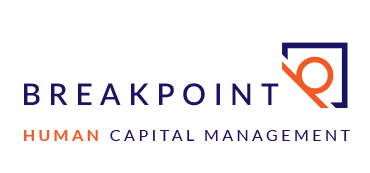Through the Looking Glass
In this two part series you will learn a simple model for understanding how people see the world around them and how they connect and make decisions.
“It’s not what you look at that matters, it’s what you see.” - Henry David Thoreau. How we see ourselves and each other is the key question when considering how to build lasting organizational culture.
There has always been a balancing act occurring in the arena of perception. This is where a person’s belief and objective fact intersect. Now to be clear these perceptions can be the same, but more commonly they experience some overlap. The overlap is where there is consensus and where there is division there is dissonance interrelations. In order to better understand this area of organization culture, we need to understand four categories of perception.
The first lens is empirical, this is where your perception is based primarily on current input interpreted by past experiences. This is about what you see and not how you see it. This is a very data driven approach where only conclusions based on the objective inputs is given weight. Usually this approach is used to determine an accurate picture of the now. Examples would be weather forecasting, the rain is moving westwards so it should fall to the west of where it is now, or when we see an accident happen and recognize it as an accident.
The second lens is predictive, this is how we incorporate our current perceptions though the lens of past experiences, but is heavily weighted to current observations. This is usually a far reaching approach adopted in an attempt to get ahead of a foreseen obstacle by determining how reality and perceptions interact. This is the approach when there is skin in the game and there is little margin for error. This is when we try to predict stock markets or customer needs, where the customers' perceptions change the game. This is where we move beyond seeing the accident and start to forecast the consequences based on our knowledge.
The third lens is theoretical, where the most weight is given to the lessons of the past with current observations being secondary to past experiences. This like the predictive lens is very dependent on the relationships we see between reality and perspective. This approach is active when there is less need to be immediately accurate and there is an interest in alternate perceptions. The key variable is usually reality, which is why this is the approach taken by social scientists who use models but input the reality in order to see how that change alters the relationship between reality and perspective. It is at this point where we start to determine what contributed to the accident occurring.
The fourth and final lens is doctrinal, this is where current observations are merely anecdotal in the formation of a conclusion based almost exclusively on past experiences. This approach can be strengthened if you are not being exposed to more accurate perspectives, or when a person has a vested interest in the perception over reality. Finally, this is the stage where we moralize and determine blame for the accident's occurrence.
Perceptions are key because they reflect how you incorporate past experiences and how that influences the decisions you make today. Those perceptions can shape an organization culture by introducing bias into the process of decision making.

